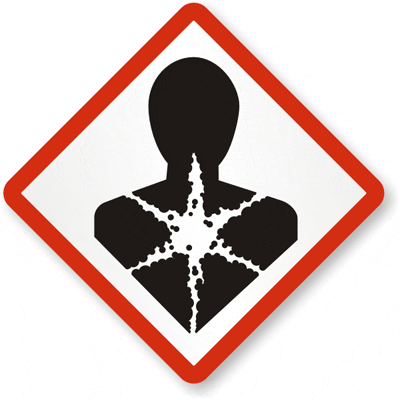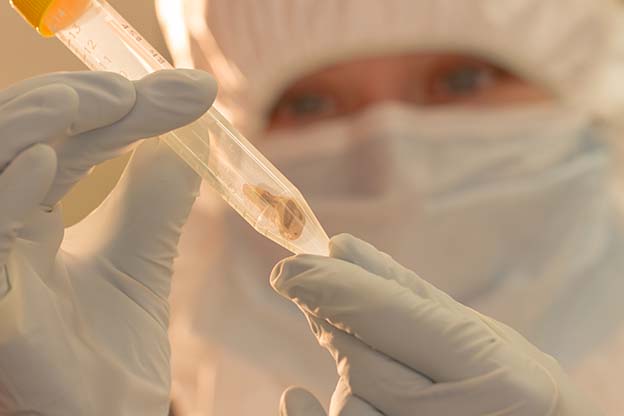
Seventy-nine million Americans are estimated to have prediabetes.
“So…do I have diabetes or not, doc?” my patient asked me, one eyebrow raised skeptically. Juan was a mechanic with a calm gaze; we had first met in the emergency room a few months earlier, when I treated him for high blood pressure. Now I explained how his blood tests indicated that he had “prediabetes,” a condition that put him at higher risk for developing diabetes and its complications, including heart problems, kidney disease, and stroke.
“Does that mean I have to take more pills?” was Juan’s next question. I hesitated. The answer wasn’t straightforward, but the reality was that he was likely to require more medication at some point in the near future. Until then, all I had to offer were my best efforts at persuading him to exercise and improve his diet.
Seventy-nine million Americans are estimated to have prediabetes. More are at risk for other chronic diseases, such as cancer, cardiovascular disease, and lung disease. Many of these illnesses stem from four common risk factors: tobacco use, poor diet, lack of physical activity, and alcohol use. Yet too often, as with Juan, a doctor’s diagnosis is the first time a patient realizes they are even at risk for chronic disease. To change this, we need better preventive medicine.
A new preventive medicine would capitalize on three scientific convergences: the ability to detect predisease states earlier; more patient-centered health care models; and advances in risk factor interventions.
Detecting predisease states is not a novel concept. Pap smears, first introduced in 1928, essentially screen for precancerous tissue in the cervix; colonoscopy can serve the same purpose for intestinal cancer. Beyond oncology, predisease states include prehypertension (for high blood pressure) and osteopenia (for osteoporosis). But more sophisticated risk prediction, sometimes incorporating genetic information, may help push the detection of predisease states further upstream. For example, the U.S. Preventive Services Task Force recently recommended that women with a family history of breast, ovarian, and certain other cancers undergo genetic risk assessment. Depending on the results of this assessment, women should receive genetic counseling and, if indicated, testing for mutations in the BRCA1 and BRCA2 cancer susceptibility genes. In another example, technology to better identify predisease states could be developed around the urine metabolome, a database of detailed information on over 3,000 chemical compounds found in human urine.
Patients like Juan who are at risk for chronic diseases may also benefit from the burgeoning “consumer biometrics” movement. Startups like mc10 and Scanadu seek to enable personal monitoring of physiologic parameters like blood pressure, heart rate, temperature, and blood oxygenation. Tracking this information provides a richer set of data for clinicians and scientists, and individuals are empowered to understand their own data, potentially leading to greater engagement with their health issues. For instance, mc10, building on research by John Rogers at the University of Illinois at Urbana-Champaign, is prototyping ultrathin, flexible, skin-adherent devices akin to smart Band-Aids. One potential application is continuously monitoring blood sugar—without needles.
Along with consumer biometrics, more convenient care models promise to expand the locus of health care beyond hospitals and clinics. New patient-centered care options such as retail clinics have expanded rapidly in recent years; several major pharmacies including CVS, Caremark and Walgreens, and retailers such as Wal-Mart either have clinics or plan to launch them. Retail clinic visits were estimated to account for almost 6 million annual visits in 2012. While most visits are for simple health issues like sore throats or routine immunizations, the distributed infrastructure of retail clinics may be just as beneficial for addressing complicated, chronic diseases like diabetes. A recent partnership between Walgreens and Theranos, a company offering cheap, complete blood analysis with just a fingerstick, demonstrates how this might advance prevention. Integrating real-time laboratory capacity with medical expertise at retail clinics—and including lifestyle coaching like nutritional counseling for prediabetics—offers a convenient, comprehensive preventive medicine package.
Ultimately, earlier illness diagnosis is fruitless without effective interventions to stave off disease progression.
The Latest on: Preventive Medicine
[google_news title=”” keyword=”Preventive Medicine” num_posts=”10″ blurb_length=”0″ show_thumb=”left”]
via Google News
The Latest on: Preventive Medicine
- Understanding youth nicotine use to prevent initiation and escalationon May 1, 2024 at 8:29 am
Using multiple nicotine products can be associated with higher levels of nicotine dependence among youth and increased mortality in adults, compared with the use of one product alone. Yale researchers ...
- Study Explores Controversial Hormone Therapy for Menopause—With Surprising Resultson May 1, 2024 at 8:05 am
A followup longitudinal study to the Women's Health Initiative finds that hormone replacement therapy is helpful for relieving menopause symptoms.
- Long-term follow-up reports key findings and clinical messages from largest study of women's health in the USon May 1, 2024 at 8:00 am
Researchers from the Brigham and colleagues report on the long-term follow-up of the largest study of women's health in the U.S., shedding light on the role of menopausal hormone therapy, calcium and ...
- No need to fear menopause hormone drugs, finds major women’s health studyon May 1, 2024 at 7:59 am
The Women’s Health Initiative scared women and doctors away from menopause hormone therapy over 20 years ago. A follow-up found fears were largely overblown.
- 3 in 4 Americans feel that mental health takes a back seat to physical healthon May 1, 2024 at 3:00 am
A new survey suggests that three in four Americans believe mental health conditions are not identified and treated in the same way as physical health conditions.
- New Family Medicine Physician In Nappaneeon April 26, 2024 at 10:55 pm
Lasater is board certified in family medicine and has experience in urgent care, preventive medicine and occupational medicine.
- Municipal Preventive Medicineon April 1, 2024 at 5:00 pm
Wilinsky — Director of Beth Israel Hospital and Deputy Health Commissioner of the City of Boston. For record and address of author see "This Week's Issue", page 732. Copying failed.
- Division of Preventive Medicineon February 28, 2024 at 1:56 am
Here are a few examples of how you can use the search feature: Entering this and that into the search form will return results containing both "this" and "that". Entering this not that into the search ...
- Division of Preventive Medicineon November 30, 2023 at 5:41 pm
The Division of Preventive Medicine (DOPM) at the University of Alabama at Birmingham (UAB) is recruiting a post-doctoral research fellow to join a dynamic, interdisciplinary team of behavioral-social ...
- Preventive Medicine in Digital Age: Khow how technology is revolutionizing healthcareon November 3, 2023 at 6:42 pm
Instead, it has ventured into the digital age, where preventive medicine is taking centre stage. Preventive medicine has long been a cornerstone of healthcare. It emphasizes the importance of ...
via Bing News











